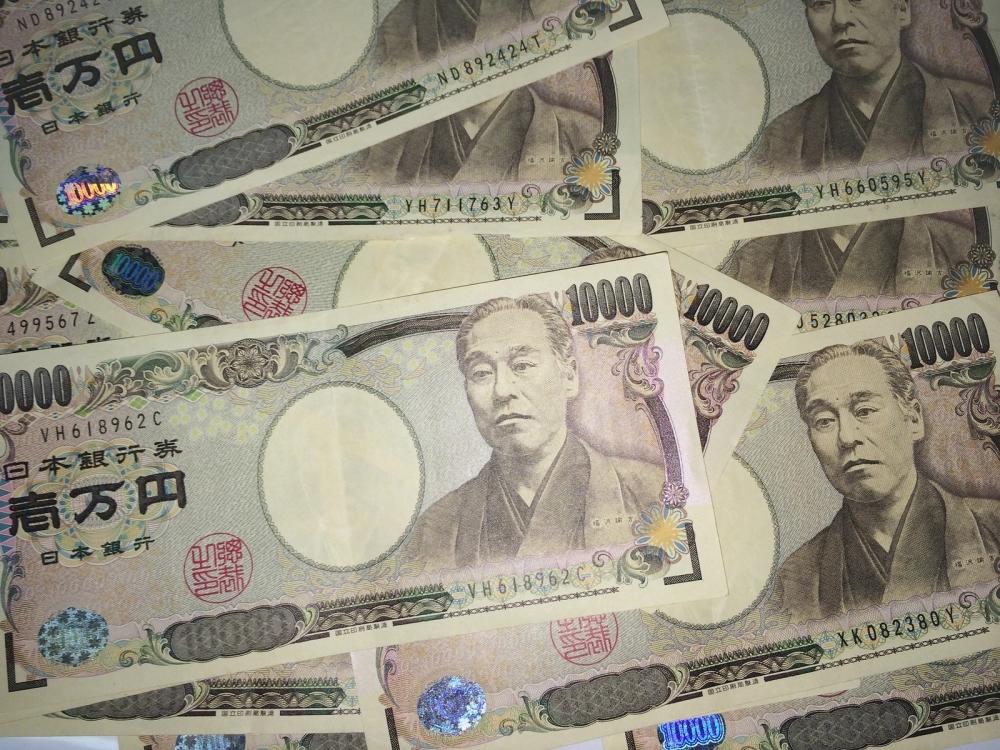BNY Mellon: The JPY & Sentiment
BNY Mellon: The JPY & Sentiment

By Neil Mellor – Senior Currency Strategist
By Neil Mellor – Senior Currency Strategist
Accompanying a marked fall in equities prices (the 3.2% decline in the S&P 500 on Tuesday was the fourth largest in a tumultuous year), the JPY has put in a familiarly positive performance against one or two currencies over the past couple of sessions. Indeed, such a sight has become commonplace following a collapse in risk-taking behavior.
After all, the JPY had become an established funding currency for the carry trade by the mid-1990s and has on numerous occasions helped to catapult a wide range of higher yielding or higher performing instruments into the stratosphere - before coming quickly back down to earth.
Of course, the carry trade has taken a backseat in 2018 – certainly, if we look at AUD/JPY, for example, it currently stands 7.5% lower than it did at the start of the year.
But then, much like the CHF has come to embody the safe haven trade, AUD/JPY in particular has become a fairly reliable go-to currency pair in order to glean, or express, any marginal shifts in sentiment.
Note, for example, that the pair has put in 25 moves of 1% or more this year (compared to, say, 12 for cable) one of which materialized this week amid the ongoing reappraisal of events over the weekend (the pair fell by 0.93% yesterday).
Precisely how it stacks up against the AUD is not clear, of course, but we must also bear in mind that speculative positioning in the JPY is still at fairly sizable levels. Certainly, a net short position of 104,324 contracts – per non-commercial accounts held at CFTC – is dwarfed by the 188,000 held at the height of the carry trade in 2007.
But it is still significant - statistically significant, in fact - at two standard deviations above the 40,626 average position since the data were first collated.
The other issue to note is that since 2012, positions looking to capitalize on the positive carry between Japanese and Australian rates have become more vulnerable to the more volatile environment one might expect amid a sudden reappraisal of market risk.
Indeed, yield enhancement opportunities are not what they were: whereas the average two-year yield differential between Australian and Japanese two-year government debt since the turn of the millennium stands at 390 bps, at present this gap stands at a rather less princely 207 bps.
For the moment, implied volatility in AUD/JPY (ATMF, from one month out to twelve) remains confined to a range that has prevailed for some time. But we have seen in times past how this can turn on a dime.
Investors may be indulging in a modicum of hope that a US-China deal can be done
